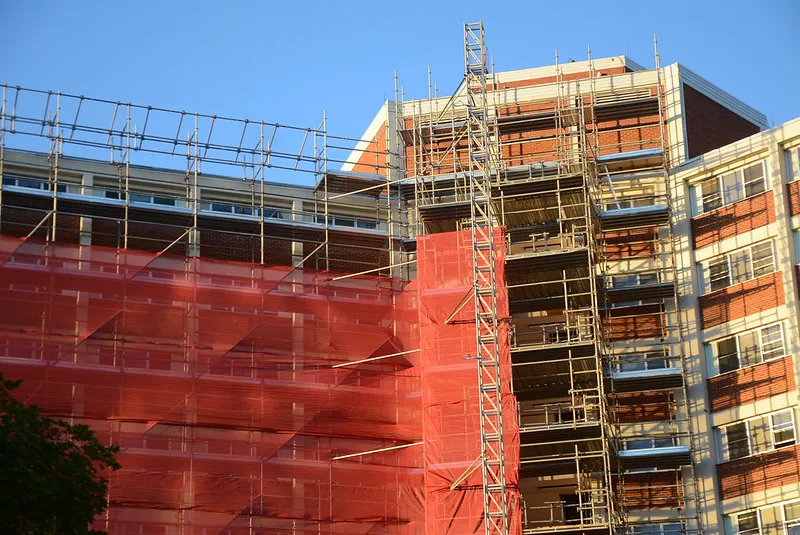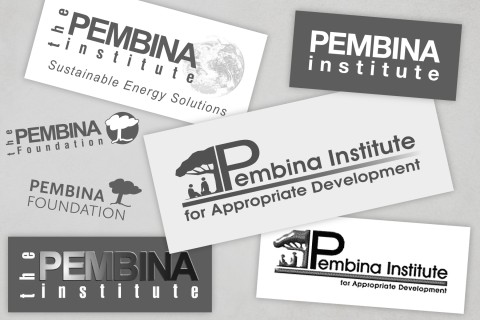Deep retrofits have been recognized across Canada as being critical to meeting climate targets and ensuring homes are healthy, climate-safe, and affordable to heat and cool. But when it comes to energy efficient buildings, residents and building owners can sometimes find themselves at odds.
In rental buildings, deep retrofits are funded with capital secured by the building owner, but the utility bill savings and other benefits such as improved health outcomes are typically realized by residents, creating a split incentive. Building owners see limited short-term benefits for themselves, which reduces their motivation to undertake these costly projects. Conversely, while residents benefit from these improvements, they worry that deep retrofits will cause dramatic rent hikes or lead to renovictions.
This split incentive delays deep retrofits and other large capital projects that are critical to ensuring that today’s buildings are climate-safe and affordable. Addressing concerns from both building owners and residents is a critical step to overcoming the split incentive problem and moving towards a housing environment that is safe and affordable. Pembina began investigation into solving the split incentive challenge in partnership with CityHive, surveying building owners and residents in Metro Vancouver about their perceptions of deep retrofits to identify key questions that will inform further research on this perplexing problem.
Many of our findings were consistent with the general discourse surrounding the split incentive problem of deep retrofits. While residents indicated support for deep retrofits, they expressed concern about potential impacts on affordability, such as through rent hikes and renovictions. For owners, the main barriers included high upfront costs, concerns about disrupting residents, and uncertain return on investment. Despite these barriers, both groups indicated they valued many of the benefits associated with undertaking deep retrofits, including improved indoor air quality and reduced carbon emissions. While owners need to make the numbers work, they also want to make sure that people living in their buildings are healthy and that the buildings are not amplifying the climate crisis.
Addressing the split incentive challenge on a large scale will require residents and landlords to start from common ground to reach mutually satisfying solutions. The Pembina Institute will be building from these preliminary findings with further research to explore the appetite of residents and landlords for collaborations, such as setting performance objectives and targets together, participating in incentive and energy efficiency programs offered by utilities and governments, and exploring alternative deep retrofit financing like green leasing programs.
Retrofitting multi-unit residential buildings is a critical step towards ensuring Canada’s housing stock is healthy, climate-safe, and affordable. Meaningful consultation with building owners and residents will help ensure that these retrofits can be done in a way that maximizes the benefits and reduces the costs for both groups.
Split incentive or common ground?
Rethinking tenant and building owner perspectives on deep retrofits for equitable climate solutions
August 29, 2024
Article

Photo: Roberta Franchuk, Pembina Institute
Related Research & Analysis

Buildings, Electricity, Equitable Transition, Oil & Gas, Transportation
October 18, 2024
Article
The new energy economy has arrived, and Canada must pay attention
International Energy Agency’s 2024 World Energy Outlook full of proof points of the scale and pace of the world’s transition to clean energy




Programs
Leading the transition to clean energy requires advancing solutions to today’s energy challenges from various angles.
The Pembina Institute has spent four decades working to reduce the environmental impacts of Canada’s energy production and to provide actionable ideas on how to implement clean energy.







